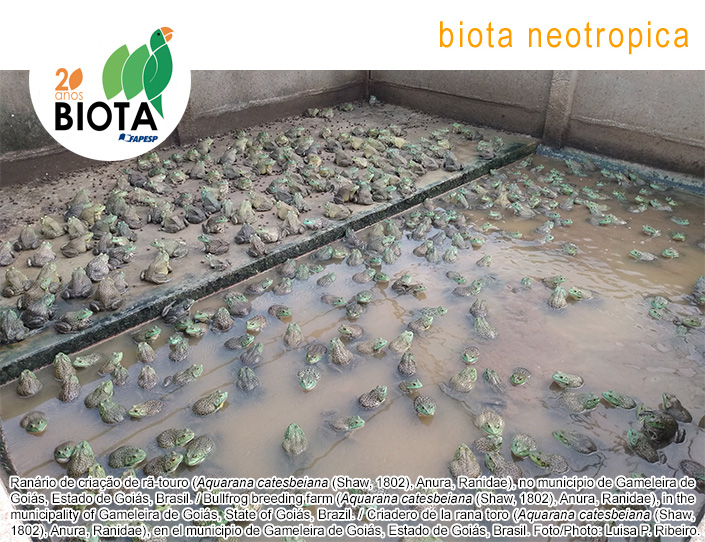Medium and large-sized mammals of Cantão region, Tocantins, Brazil: inventory and habitat use
Abstract
Abstract Medium and large-sized mammals contribute with high relevance to ecosystem processes, being considered key species in the preservation and integrity of biological systems. Information about the distribution, structure, and composition of mammal communities is crucial for developing effective conservation strategies. In this study, we inventoried medium and large-sized mammals and investigated habitat use by mammalian fauna in a transitional area between the Amazon-Cerrado ecotone, in the Cantão region, Tocantins state, Brazil. From July 2019 to November 2020, we conducted bimonthly campaigns to survey mammalian fauna in Woodland Savanna, Shrubby Savanna, Flooded Forest, and Flooded Grassland using active searches, camera traps, footprint traps, and transect censuses. The sampling resulted in 1,654 records of 40 species of mammals (39 species of medium and large-sized and one small size), among which the Carnivora order was the most representative, with 37.5% of the total species; and Perissodactyla and Didelphimorphia the least representative orders, both with 2.5% of the total species. Although the region is an area of ecotone, with great Amazonian influence, the results of this study indicate that the composition of the community of medium and large-sized mammals of the Cantão is more similar to the mammalian fauna of the Cerrado. There was a difference in the richness of mammal species in the studied habitats and in the composition of species recorded between the habitats, with Woodland Savanna and Shrubby Savanna having the highest species richness and being the most similar habitats to each other. The species Tapirus terrestris (South American tapir), Subulo gouazoubira (brown brocket), Cerdocyon thous (crab-eating fox) and Leopardus pardalis (ocelot) were the only ones common to all types of environments sampled. The results obtained reinforce the importance of the study area for biodiversity conservation and maintenance, since it is an area of ecotone with high species richness and which is home to medium and large-sized mammals that occur in the Cerrado and Amazon biomes.Published
2025-01-01
How to Cite
Batista, N. L., Leles, B. N., Alves, E. N., Araújo, M. da S., & Rocha, E. C. (2025). Medium and large-sized mammals of Cantão region, Tocantins, Brazil: inventory and habitat use. Biota Neotropica, 25(1). Retrieved from https://www.biotaneotropica.org.br/BN/article/view/2104
Issue
Section
Inventories
